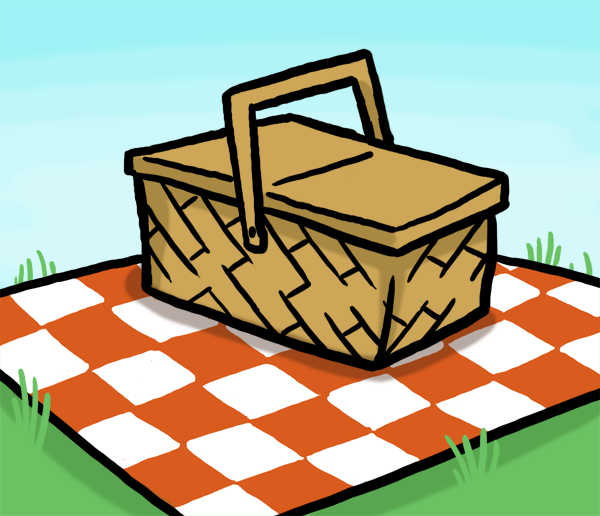Preposition Picnic
This is an activity that we have used with” House and Home”
language learning and also when we practise setting the table with cutlery and crockery and pretend to be” à
table” in a French Christmas sketch with Year 6.
This year I think it sits really well with UKS2 a celebration of your French/ Spanish/ German picnics or café culture focus during Summer term.
This year I think it sits really well with UKS2 a celebration of your French/ Spanish/ German picnics or café culture focus during Summer term.
In KS2,the new DfE POS expects young learners to.....
"understand basic grammar appropriate to the language being studied, including(where relevant): feminine, masculine and neuter forms and the conjugation of high-frequency verbs; key features and patterns of the language; how to apply these, for instance, to build sentences; and how these differ from or are similar to English."
It’s a series of simple activities that would work well in
KS3 too when children are practising prepositions and especially in German
where there is quite a lot to take in and understand.(See my comments below in
italics)
You can develop some Art and DT work from this language activity too.
German :This will work in
all three languages as described, however if you are working with German you
may need to use the command “Put” with
key accusative prepositions first introducing the concept using feminine and
neuter nouns. I would then introduce and share how the sound and spelling of the
masculine definite article (der) has been altered when using these prepositions.
Let your children be the language detectives and solve the sound and spelling
riddle here. You can then continue with prepositions that are either
accusative/dative or purely dative as and when you feel the children are ready
to strengthen their language detective skills.
Here are my picnic items. They are nearly all red in colour-
but you could have different colours so that the children had to add a colour
to the noun too to increase the challenge.
When we worked on this in class all the children had access
to a plastic spoon, fork, knife, plate, cup and beaker. There was one between
two of everything and I just bought cheap packs from a local supermarket.
Revisit and recap
- Revisit and recap the items of crockery and cutlery for your picnic and reinforce the correct definite article with each noun etc). Do the children know that it’s “la tasse” for example.
- Using physical actions with the children create preposition warm up. The children need to move their hands and arms to represent the position of prepositions e.g.
Next to – one arm out to the front bring the other arm and
hand out and clap together
In front- hands in front
Under – touch the floor
Above – reach the sky
(and don’t forget “on the right”- arms to the right and “on
the left” – arms to the left)
Altogether now
- Bring the class to the front or to an area where you can lay out your picnic mat.
- Demonstrate setting the picnic mat for the class with your items.
- Demonstrate how the table should be laid and place the crockery and cutlery correctly, saying clearly on the target language as you move and place items “put the cup above the plate, put the knife next to the plate on the right” etc..
- Muddle up the items and ask children to place the items for you – giving the children clear target language instructions .
Now ask the children to help you reset the table in a new
and creative way. The children can direct you to place the items where they
wish e.g. put the knife in the cup , put the spoon under the plate etc.
In groups
- Give each group a set of written instructions. Each set of instructions uses the same crockery and cutlery but the table will be set slightly differently- no table should be set like your modelled table in the previous activity .
- Ask the groups to read the instructions and lay their tables. Now take a class tour of the tables.
- Can the children spot the differences between the table they are looking at and your original table?
- Can they say this is the target language? The children will need to be able to respond with “the …..is …..to the ……” as their response. (If you teach German you may wish to return to this part of the activity at a later date when the children are secure with their prepositions and accusative/ dative sound-spelling)
In pairs
- Can the children work in pairs and direct each other to set their tables – firstly correctly and then creatively?
- Can the children create a 3D sculpture of the crockery and cutlery piling it high rather than placing it flatly on the picnic table or mat?
Individual creative activity
The outcome of this activity is that the child creates a 2D
or 3D piece of art placing the crockery and cutlery in a design pr sculpture
about which they write a set of instructions so that someone else could do the
same. They will use their command “put” and a variety of prepositions to do
this.
There is a choice here of delivery styles: an ICT photo
story , a poster, a spoken demonstration to recreate their art work to their
group, or a sculpture or painting of their work which is framed by their target
language instructions around the outside.


.JPG)

No comments:
Post a Comment